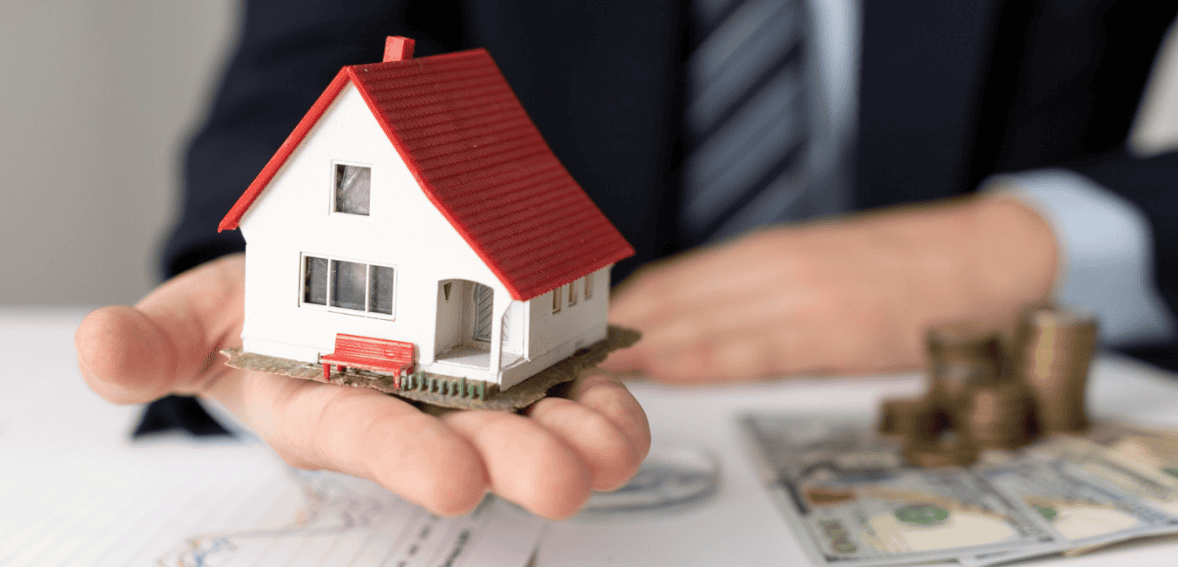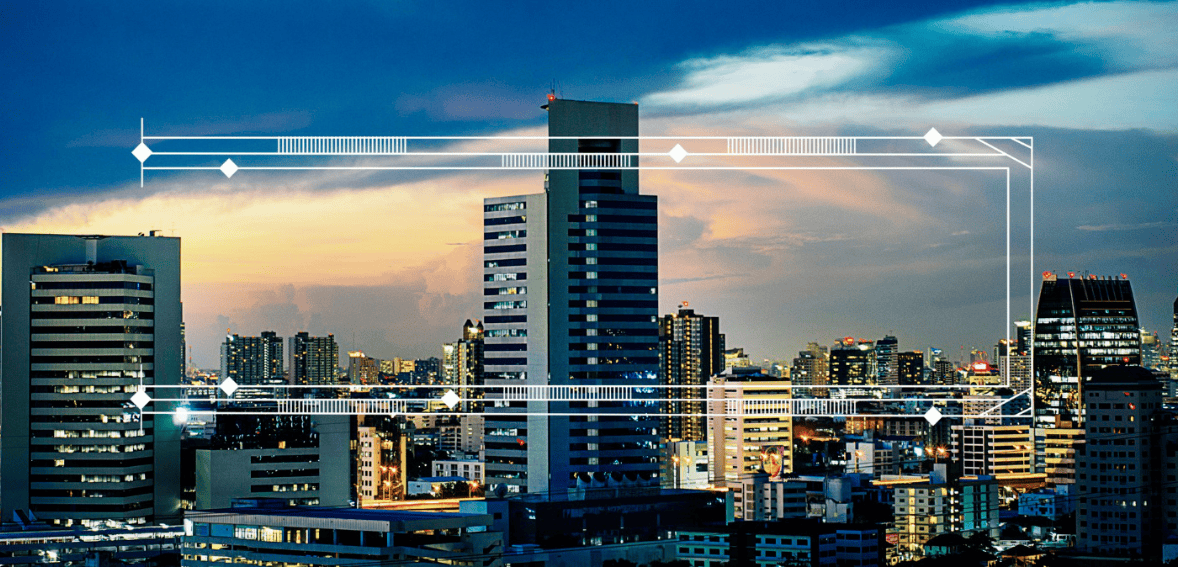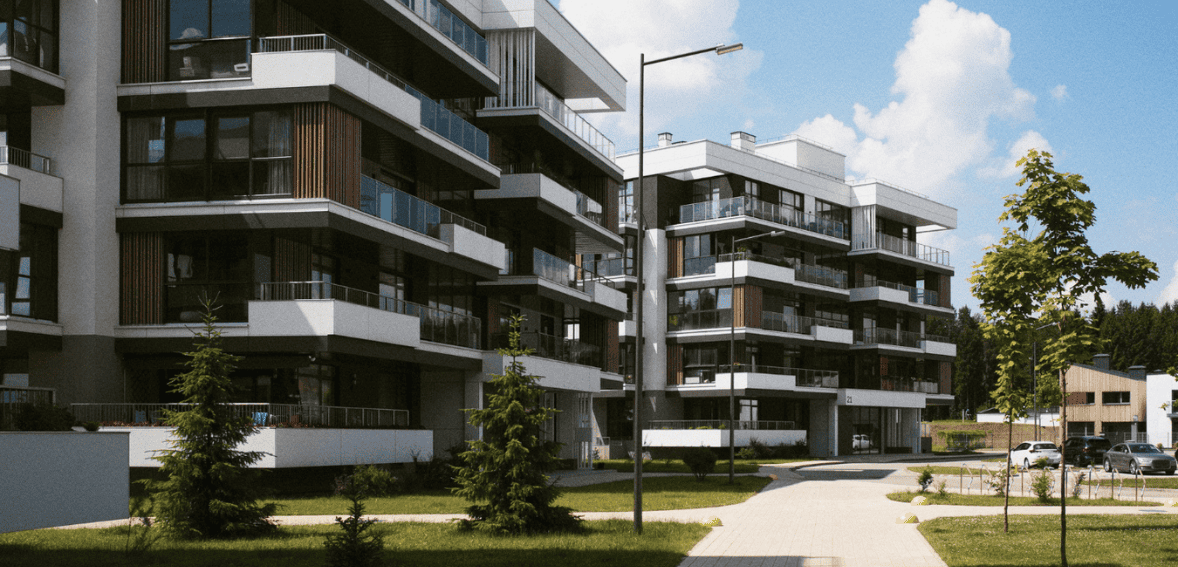5 Fresh Approaches to Reinventing Property Maintenance for Modern Needs
- August 14, 2024
- Mia Robinson
- Category: Property Management

Traditional property maintenance practices have played a vital role in property management for many years, with a focus on regular maintenance, urgent repairs, and seasonal maintenance. Still, these traditional methods frequently have various drawbacks that can hinder their ability to adequately address the needs of contemporary property management.
One major obstacle is the responsive aspect of conventional maintenance. A lot of property managers often deal with problems as they come up instead of taking steps to prevent them. This method may result in higher expenses and more frequent disruptions, especially in cases requiring urgent repairs. For example, waiting for an HVAC system to fail during a heatwave before fixing it not only inconveniences tenants but also incurs higher repair costs compared to regular maintenance.
Moreover, routine maintenance tasks like cleaning, lawn care, and minor repairs are often treated as low-priority, leading to a backlog of tasks that can negatively impact tenant satisfaction and property value. Traditional practices also tend to overlook the importance of integrating new technologies, such as predictive analytics and smart sensors, which can significantly improve the efficiency and effectiveness of property maintenance.
Innovative property maintenance approaches are needed due to the rising complexity of modern buildings and higher tenant demands. Property managers can improve the maintenance process and tenant experiences, as well as make their property management practices more sustainable, by utilizing advanced technologies, emphasizing preventive strategies, and enhancing communication.
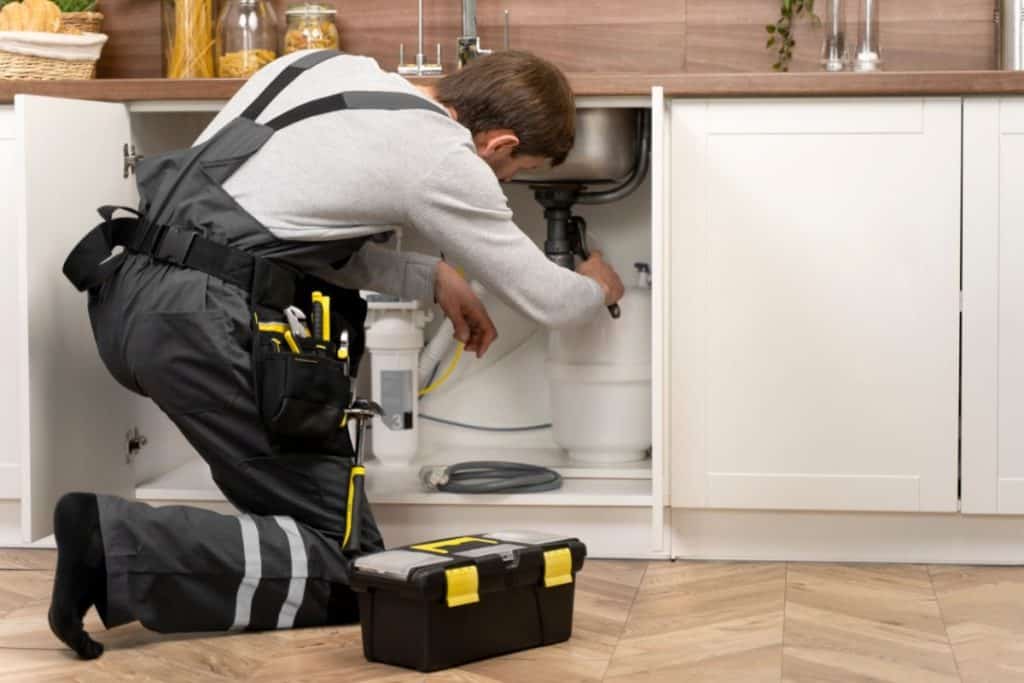
Embracing Smart Technology in Property Maintenance
As property management evolves, the integration of smart technology is becoming essential to meet modern maintenance needs. IoT (Internet of Things) and smart sensors are at the forefront of this transformation, offering solutions that significantly enhance routine maintenance, emergency repairs, and seasonal upkeep.
The Role of IoT and Smart Sensors
Smart sensors are revolutionizing property maintenance by enabling predictive and preventative care. These sensors monitor critical systems, such as HVAC units, in real-time, detecting inefficiencies or potential issues before they lead to costly emergency repairs. This proactive approach not only prevents unexpected breakdowns but also extends the lifespan of vital systems, ensuring a more reliable and efficient maintenance process.
Benefits of Automation in Routine Tasks
Automation is very important for making regular maintenance tasks easier. By using automation for tasks like planning seasonal care, keeping track of maintenance records, and doing small repairs, property managers can save time and lower their expenses. Automation helps keep maintenance routines consistent, which means fewer surprises and better management of properties overall.
The adoption of IoT devices and automation in property maintenance is not just a trend but a necessity for modern property management. These technologies offer the tools needed to maintain properties more effectively, reduce the frequency of emergency repairs, and ultimately improve tenant satisfaction.
Sustainability as a Core Component of Maintenance
Incorporating sustainability into property maintenance is not only an environmentally responsible choice but also a strategic move for long-term cost savings and efficiency. As modern demands evolve, using eco-friendly materials and implementing energy-efficient solutions are becoming essential in routine maintenance, emergency repairs, and seasonal upkeep.
Eco-Friendly Materials and Practices
The use of sustainable materials and eco-friendly practices in property maintenance is crucial for reducing the environmental impact of buildings. For instance, choosing materials that are recyclable, biodegradable, or sourced from renewable resources can significantly lower a property’s carbon footprint. Actions like saving water, cutting down on waste, and using safe cleaning products help make things more sustainable. These methods not only help create a better environment but also attract people who care about the environment, which could raise the value of the property and how often it’s used.
Energy Efficiency Upgrades
Energy efficiency is another critical aspect of sustainable property maintenance. Retrofitting properties with energy-efficient solutions, such as LED lighting, energy-efficient HVAC systems, and improved insulation, can dramatically reduce energy consumption and operational costs. These improvements usually require an upfront cost, but they result in significant savings over time by reducing electricity bills and minimizing the need for urgent repairs due to excessive use or breakdowns. Moreover, homes with energy-saving features are more appealing to tenants because they provide lower energy expenses and a reduced impact on the environment.
By making sustainability a core component of property maintenance, managers can ensure that their properties meet modern expectations while reducing costs and environmental impact.
Proactive Maintenance through Predictive Analytics
As property maintenance continues to evolve, predictive analytics offers a powerful tool for staying ahead of potential issues. By using data-driven insights, property managers can proactively address maintenance needs, minimizing disruptions and optimizing routine maintenance schedules.
Leveraging Data for Predictive Maintenance
Predictive analytics is changing how property maintenance is handled by allowing a more forward-thinking way to manage building systems. By using data, property managers can predict when maintenance is needed before problems become serious, which reduces the need for urgent repairs and improves regular maintenance plans.
Forecasting Maintenance Needs
Predictive maintenance involves examining information gathered from different parts of a building and sensors to spot trends and forecast when a system might break down or need fixing. For instance, data from heating and cooling systems can be watched closely to notice minor shifts in how well they work, like a slow drop in energy efficiency. This knowledge helps building managers fix problems before they cause the system to stop working, cutting down on time the system is off and preventing expensive urgent repairs.
By incorporating predictive analytics into property maintenance, managers can optimize their maintenance schedules, ensuring that routine maintenance and seasonal upkeep are performed at the most effective times. This not only extends the lifespan of building systems but also improves the overall efficiency of property management operations. Additionally, predictive maintenance can help in budget planning by reducing unexpected expenses and allowing for more accurate forecasting of maintenance costs.
Enhancing Tenant Experience through Responsive Maintenance
In modern property maintenance, enhancing tenant experience is crucial for tenant retention and overall satisfaction. Responsive maintenance plays a key role in achieving this, with transparent communication and prompt issue resolution being at the forefront of effective property management.
The Importance of Communication and Feedback Loops
Transparent communication between tenants and property managers is essential for building trust and ensuring that maintenance needs are met efficiently. Regular updates and clear communication channels make tenants feel heard and valued. For instance, when tenants report issues, a prompt acknowledgment from the property manager reassures them that their concerns are being addressed. This communication should allow tenants to give their opinions on how maintenance is done, which can help make the service better and make tenants happier. Good communication helps avoid confusion and makes sure that regular maintenance, seasonal care, and urgent repairs are all handled well.
Speed and Efficiency in Addressing Issues
The speed and efficiency with which maintenance requests are addressed significantly impact tenant satisfaction. Delays in resolving maintenance issues can lead to frustration and, ultimately, tenant turnover. Property managers should prioritize quick responses to maintenance requests, especially for urgent matters like emergency repairs. Implementing systems that allow for real-time tracking of maintenance requests can improve response times and ensure that routine maintenance tasks are completed promptly. By addressing issues swiftly, property managers can maintain a high level of tenant satisfaction, reduce the likelihood of costly repairs, and enhance the overall tenant experience.
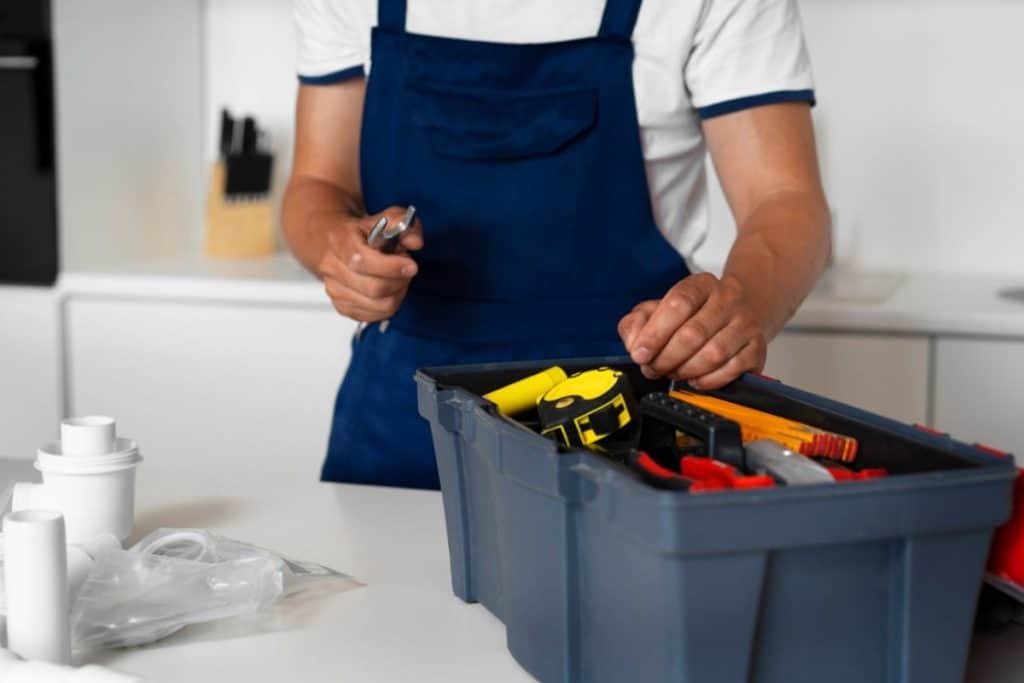
Integrating Health and Safety Standards into Maintenance Routines
As property maintenance evolves, integrating health and safety standards into routine maintenance has become increasingly important, especially in the post-pandemic era. Ensuring that properties are safe and compliant with health regulations is crucial for both tenant well-being and legal compliance.
Adopting New Health Protocols Post-Pandemic
The COVID-19 pandemic has made people more aware of health and safety, which means there is a need for more strict rules in taking care of buildings. Building managers now have to include better cleaning methods, regular cleaning of places people often touch, and better ways to keep the air clean in their regular tasks. These steps are essential not just for preventing the spread of illnesses but also for reassuring tenants that their living or working environment is safe. Seasonal upkeep tasks, such as HVAC maintenance, now often include additional checks to ensure that air filtration systems meet higher health standards. This proactive approach to health can reduce the need for emergency repairs related to health risks, thus maintaining a safe environment year-round.
Ensuring Compliance with Local and Federal Regulations
Staying up-to-date with evolving health and safety regulations is critical for property managers. Local and federal laws regarding property maintenance, such as those concerning fire safety, building codes, and sanitation standards, are continually updated to reflect new health concerns and technological advancements. Compliance with these regulations is not just a legal obligation but also a key factor in maintaining tenant trust and avoiding costly fines or legal disputes. Regularly reviewing and updating maintenance routines to align with the latest regulations ensures that properties remain safe and compliant, protecting both tenants and property managers from potential risks.
Customizing Maintenance Strategies for Different Property Types
Effective property maintenance requires a customized approach, especially when dealing with the diverse needs of residential and commercial properties. Tailoring maintenance strategies to suit the specific requirements of each property type ensures that routine maintenance, emergency repairs, and seasonal upkeep are conducted efficiently and effectively.
Tailoring Maintenance Plans for Residential vs. Commercial Properties
Residential and commercial properties have distinct maintenance needs. Residential properties typically require frequent routine maintenance to ensure tenant comfort and safety. Tasks like HVAC servicing, plumbing checks, and landscaping are more common in residential settings, where the focus is on creating a pleasant living environment. On the other hand, places used for business, like office buildings or stores, usually have more complicated systems that require special care. This includes maintaining larger HVAC systems, ensuring elevators are well-maintained, and ensuring compliance with health and safety regulations specifically designed for commercial entities. In addition, commercial buildings often have increased numbers of people walking through them, which requires more frequent and thorough cleaning and maintenance routines to uphold a safe and professional atmosphere.
Adapting to the Specific Needs of High-Tech vs. Traditional Buildings
The technological sophistication of a building significantly influences its maintenance strategy. High-tech buildings, which may include smart systems, advanced security features, and automated controls, require a maintenance approach that is as advanced as the systems themselves. This often involves regular software updates, cybersecurity checks, and specialized training for maintenance staff. On the other hand, traditional buildings, which rely more on manual systems and older technology, require a focus on preserving the integrity of physical structures and systems. Maintenance strategies here might emphasize regular inspections, manual repairs, and the use of traditional building materials to maintain the property’s historical value.
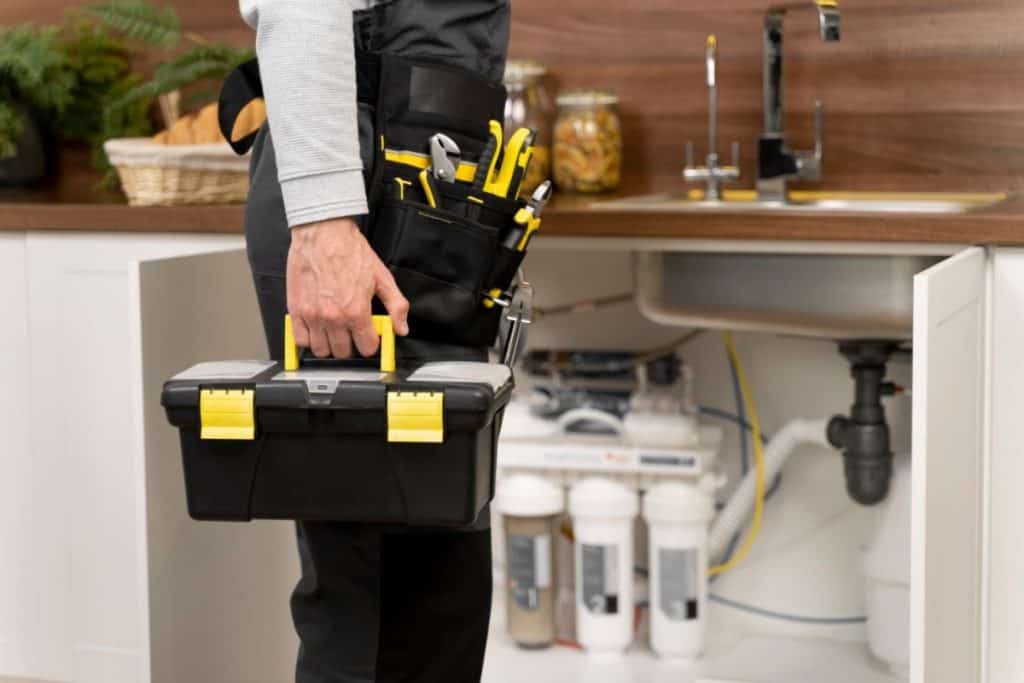
The Future of Property Maintenance: What to Expect
As the property management industry continues to evolve, the future of property maintenance is set to be shaped by emerging trends and innovations that promise to enhance efficiency and effectiveness. Staying ahead of these changes is crucial for property managers who aim to provide top-notch service while minimizing costs and maximizing tenant satisfaction.
Emerging Trends and Innovations
The growing trend in property maintenance involves more advanced use of smart technology and automation. IoT devices and smart sensors are now common in modern buildings, enabling real-time monitoring and predictive maintenance. These technologies help identify potential issues before they become critical, reducing the need for emergency repairs and optimizing routine maintenance schedules. Additionally, the use of AI-driven maintenance platforms is on the rise, providing data-driven insights that help property managers make informed decisions about seasonal upkeep and long-term maintenance strategies.
Sustainability is another key trend that is expected to dominate the future of property maintenance. The push for greener, more energy-efficient buildings is leading to the adoption of eco-friendly materials, renewable energy sources, and waste reduction practices. These innovations not only reduce the environmental impact of buildings but also result in significant cost savings over time.
Preparing for the Next Generation of Property Management
In order to stay ahead, property managers need to embrace innovative strategies that follow these new trends. This involves providing education for maintenance workers to manage modern technologies and enacting adaptable maintenance plans that can respond to upcoming challenges. Property managers should give importance to sustainability by including eco-friendly practices in their maintenance schedules, like installing energy-efficient upgrades and utilizing sustainable materials.
Conclusion
To summarize, the article examined five new methods for updating property upkeep: adopting smart technology, emphasizing sustainability, using predictive analytics, improving tenant satisfaction with fast maintenance, and tailoring techniques for various property categories. These tactics assist property managers in addressing changing needs while maintaining effectiveness, tenant contentment, and lasting financial benefits.

